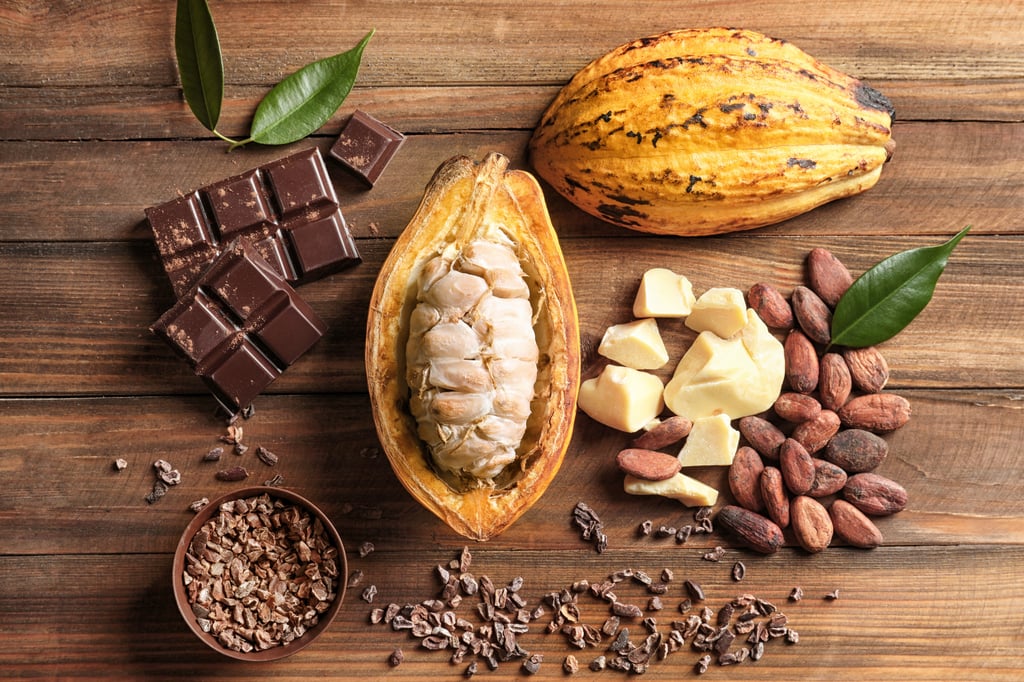Language Matters | Where chocolate and cacao came from, the words’ history and why Europe was late to the party
- On World Chocolate Day (July 7), Lisa Lim examines the origins of chocolate and cacao and how the words evolved

World Chocolate Day offers a licence to indulge. Your pick is likely to be a European or American brand: Swiss, French, Italian and Belgian chocolatiers are ranked as producing the world’s finest, while multinational corporations dominating global chocolate are based in the US, UK, France, Italy and Japan.
Yet Europeans had no knowledge of chocolate – nor the word for it – before their 16th-century voyages to the Americas.
Chocolate is, after all, made from the cacao bean (technically, a seed) – which is fermented, dried, roasted and ground to extract cocoa solids and cocoa butter – and the cacao tree is native to the Amazonian rainforest.
Traditional accounts identified Mesoamerica’s Mayans and Aztecs as the first users of cacao. However, recent discoveries of artefacts place cacao’s earliest domestication and consumption in the upper Amazon region of northwest equatorial South America around 3000BC. Some 1,500 years later, it was then introduced to Mesoamerica, where it was consumed by pre-Hispanic cultures along the Yucatán Peninsula, notably the Maya.

The earliest written symbol for the word for cacao was found at fifth-century Maya sites. A drinking vessel excavated in Guatemala not only showed cacao residue on the inside, but also had two glyphs on the outside, deciphered phonetically as kakaw “cacao”. The word widely diffused among Mesoamerican languages.
